Nutrient-Rich Green Tea and How It’s Harvested
TEATIME NOTES
Find tips, recipes, and articles to increase your delight and enjoyment of tea.
Nutrient-Rich Green Tea and How It’s Harvested
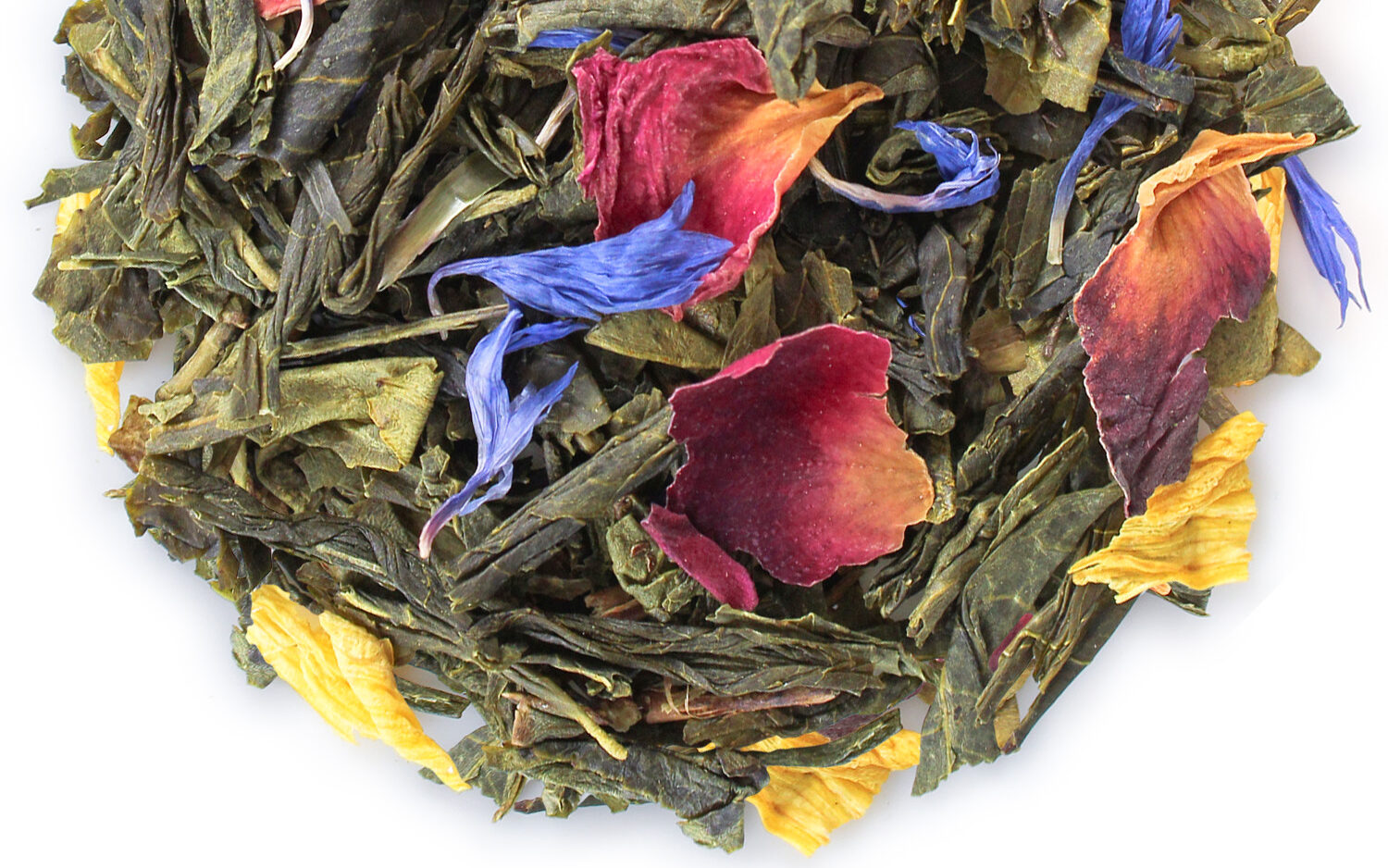
How to Pluck and Create Good Delicious Green Tea
By Erika Robertson
The fresh and crisp flavor of green tea has the ability to transform your day into something spectacular and delightful. Not only does green tea taste incredible, but it is full of numerous health benefits. The way green tea is made is an art in itself. And with over 1500 varieties of green tea to choose from, your palette will always have new flavorful sensations to explore.
The Love for Green Tea in the East
In the Western world, black teas are prized for their bold and dark characteristics. Fruity sweet summer iced teas splash across America. Afternoon tea time in England is embraced with a scone served on the side. And chai teas in India are one of the center points of celebration and daily life. But in the Eastern world, green tea is ingrained in culture and ceremony — green tea is entwined in every home and within every person.
China is seen as the birthplace and capital of green tea — it is estimated that over 80% of the world’s green tea is grown and produced in China. After bringing green tea from China, Japan also invented its own practices for growing and harvesting it.
Green teas develop distinguished and complex flavors based on their treatment from harvesting to processing. Green teas are complex, healthy, and range from fruity and delicate, to earthy and bold.
How is Green Tea Made?
The techniques and art of making green teas are abundant and beautiful. The floral sweetness of jasmine pearl green teas differs so much from the umami characteristics of an earthy sencha tea. Not only do they taste incredibly different, but they look completely different as well. And yet, every single type of tea comes from the same plant — the Camellia sinensis.
Every type of black, green, oolong, and white tea comes from the same plant. There are two varieties of this plant. The Camellia sinensis assamica has slightly larger leaves and is grown in warmer hotter climates. This is the tea leaf that is primarily used to create full-bodied bold strong black teas.
The Camellia sinensis sinensis is grown in cooler and mountainous areas in China. The climate creates a plant with smaller leaves that create a sweeter more delicate green tea. This same variety of tea is also grown in shady regions of Japan. As a result, these leaves can produce savory and umami-like flavors. When tea leaves are grown under the shade they also form higher levels of an amino acid called L-Theanine — which is known for reducing stress and increasing calming effects.
While wine and coffee are made from different kinds of grapes and coffee beans, tea is much more simple. Tea is made from one plant. The highest quality tea leaves are plucked by hand from each large stalk. These tea leaves must be treated within 24 hours of harvesting — this is very quick compared to black and oolong teas. Here is the step-by-step process for creating green tea:
- Withering the Tea Leaves is Optional
The bud and two small leaves are plucked by hand from the top of each long tea stalk. These fresh tea leaves might undergo an optional first step called withering. It’s a step that is crucial to creating black and oolong teas. For most green teas, this step does not occur. But when it does, the tea leaves are allowed to wither and wilt. Allowing air circulation and humidity to flow in between the leaves brings out specific flavors within these kinds of green teas.
- Heating the Tea Leaves
The heating step is what separates green tea from black tea. It is important that black tea is rolled and allowed to oxidize after the leaves have been bruised and their oils released. For green tea, it is crucial that the whole tea leaves stay as unbruised and unblemished as possible. These perfect tea leaves are heated in order to stop the oxidation process and preserve the green hue of the tea leaves.
There are two main ways to heat tea leaves and each of them creates a completely different flavor. In China, green tea is heated using a dry heating process — traditionally done in a wok over high heat. This is the most common kind of heating practice for tea creation. Another way to heat tea leaves is over wet heat. This technique is used in Japan and is done at a much lower temperature than the dry heat method.
- Rolling the Tea Leaves
Once the oxidation process is halted using the dry or wet heating method, the tea leaves are rolled. In this step, the tea leaves are handled so that their cell walls break open and the leaves are coated with natural essential oils. It’s these oils that give each kind of green tea leaf their unique earthy flavors. Many tea producers take great care to handle these green tea leaves in a much gentler way than black tea leaves.
- Shaping the Tea Leaves is Optional
When the leaves have been rolled, they might go through an additional step called shaping. Many kinds of green tea leaves are prized for their visual appeal. Tea leaves can be shaped with different kinds of hand tools to create long straight needles and flattened leaves. Tight pearl teas are created using special heating pans that encourage the leaves to shrink and curl around themselves. This creates an intoxicating and pungent tea that unwraps and unfurls within the hot water.
- Drying the Tea Leaves
At this point locking in the flavors of the tea is crucial. Drying the leaves is important for green tea in particular because it not only stops the flavors from changing, but it adds a toasted flavor to the final product. Green teas can be overroasted, so it is critical that the green tea leaves are carefully kept track of so they don’t burn or become too toasty.
- Sorting the Tea Leaves
The final step in the green tea process is sorting through the finished tea leaves. The tea leaves are sorted by size. Some green teas do not need to be sorted, because they are created using whole green tea leaves. Other teas result in different size leaves being created because of the drying process. Smaller tea leaves and particles are used to make teabags.
What Are the Health Benefits of Green Tea?
Green tea — like black tea — has a lot of antioxidants. Green tea also acts as an anti-inflammatory and helps promote heart health by lowering overall cholesterol and bad cholesterol levels. Green tea gives a little boost to your immune system and can help promote healthy dental hygiene — as long as you don’t add anything like milk or sugar to your tea.
Green tea is known for increasing calm and reducing anxiety and stress. It can also help with your digestion. The best way to drink green tea is hot or cold, on its own. This way, you can enjoy the full rich natural flavor of the tea and make the most from all of its vitamins and health benefits.
Contrary to popular belief, green tea does have caffeine in it. The amount of caffeine in black tea is about half to a third of the amount of that in coffee. The amount of caffeine in green tea is about half to a third of that found in black tea. It is good for you to know that while most green teas do have less caffeine than black teas, it really does depend on the kind of green tea. There are some green teas that do have more caffeine than some kinds of black tea!
The Best Green Teas and Healthy Teawares
There are few tea suppliers who are trying to make a healthy and positive impact on your tea routine. Teabloom is on a mission to change the tea industry for the better. If you want to enjoy the best and healthiest teas and teaware, Teabloom is your one-stop-shop for all your needs.
Their fantastic green teas are USDA Certified Organic and Kosher. Their teabags are 100% compostable — which is much better than biodegradable. And their innovative pyramid tea sachets are made with the finest quality whole leaf teas — not tea dust like what you get from most tea brands. You will enjoy the convenience of an earth-friendly tea bag without sacrificing the quality of flavor of your favorite teas.
Did you know that your favorite teacup and teaware are releasing harmful toxins into your tea? Teabloom is changing the tea narrative and encouraging a green and environmentally friendly alternative to porcelain and metallic teapots. Borosilicate glass teaware is the healthy new wave of the teaware industry. This long-lasting and strong material is easy to care for and makes your tea taste better than it ever has before.
Are you ready to go green with a new, gorgeous, and healthy tea routine? Teabloom has everything you need to create a positive impact in your life, and in the world, through your love of all things tea.



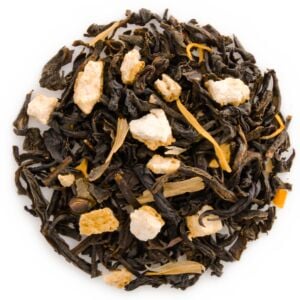
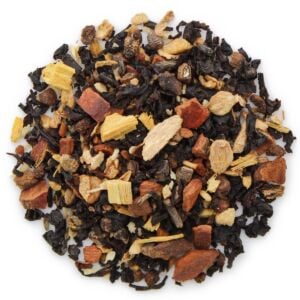
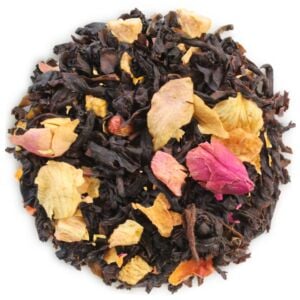

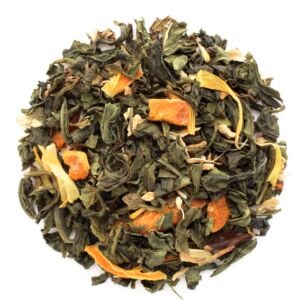
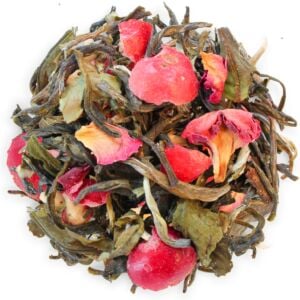
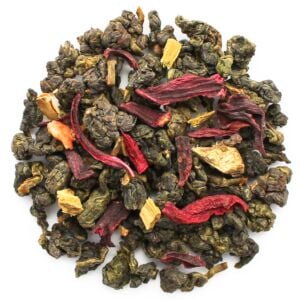
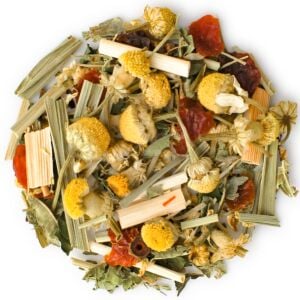
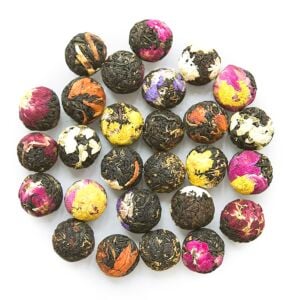


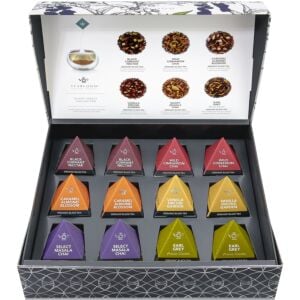
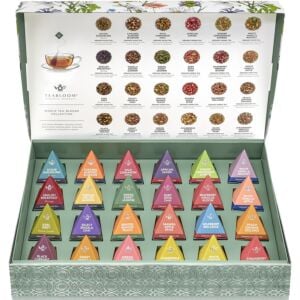



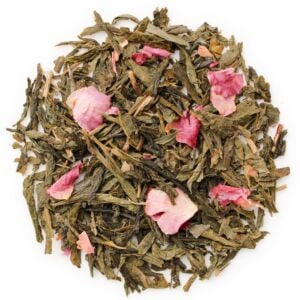

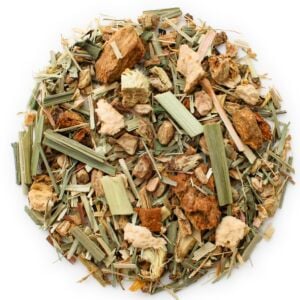

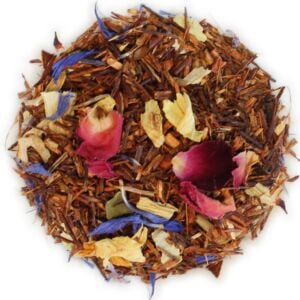
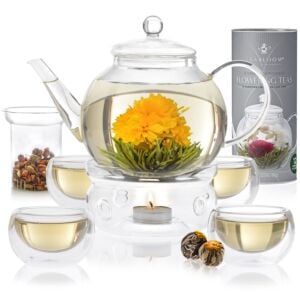
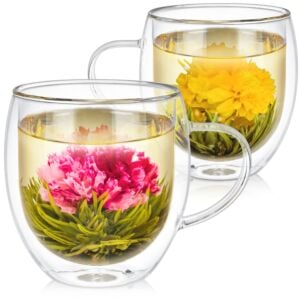
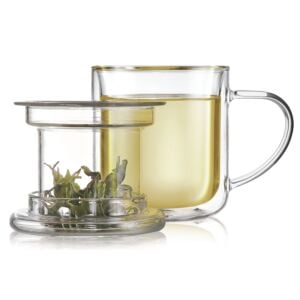
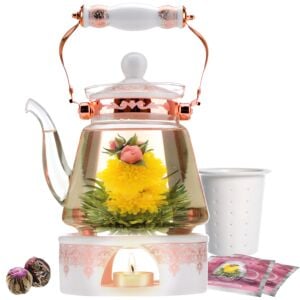
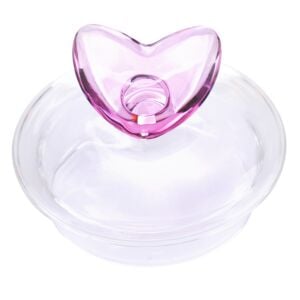
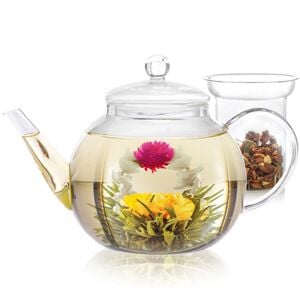


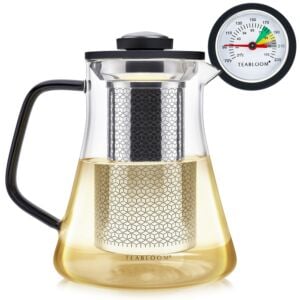
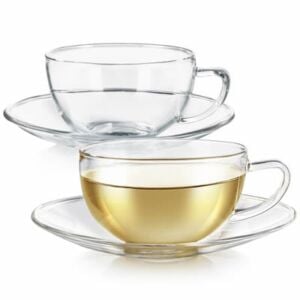
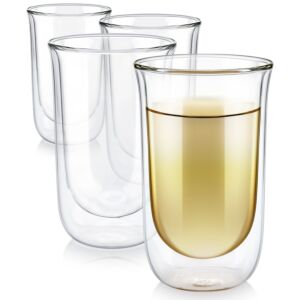
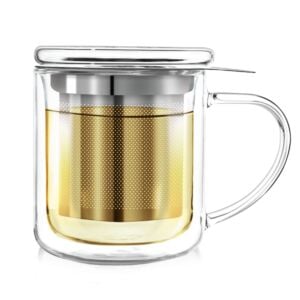
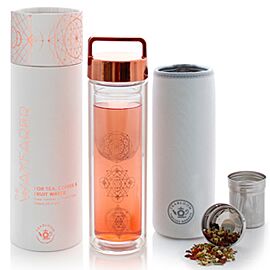

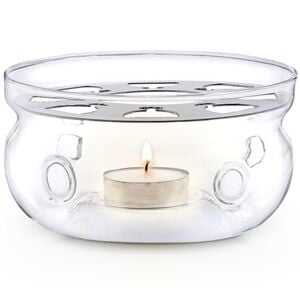
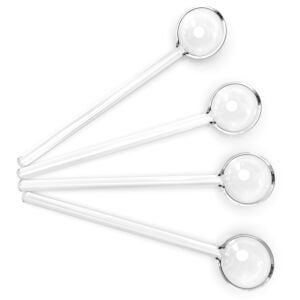
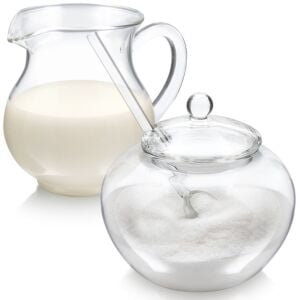
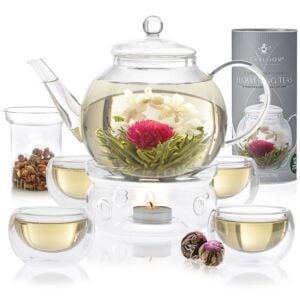
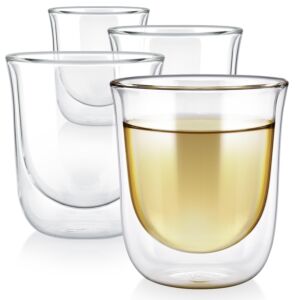


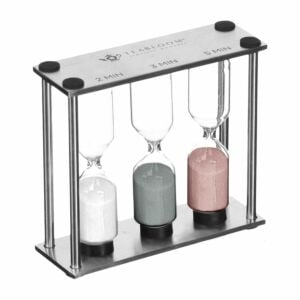
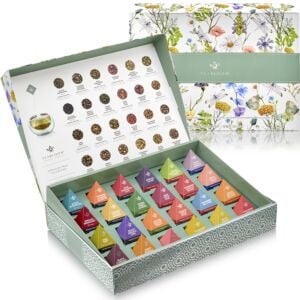

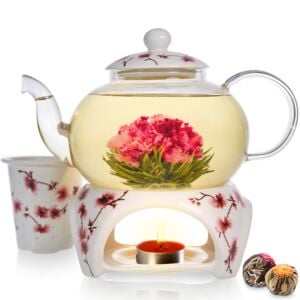
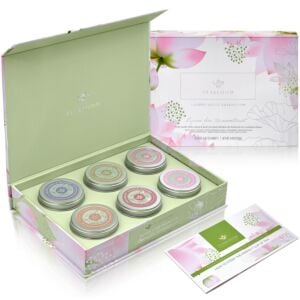

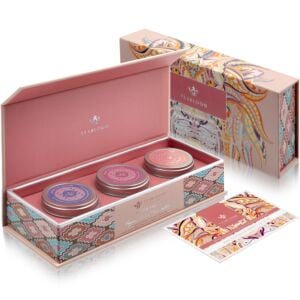



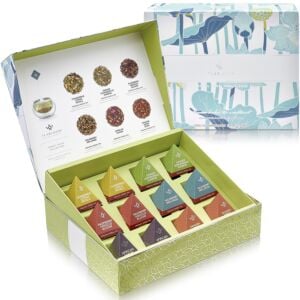
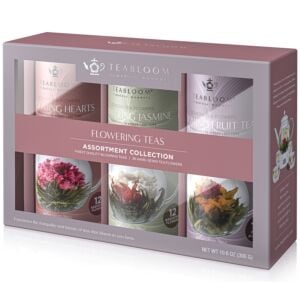


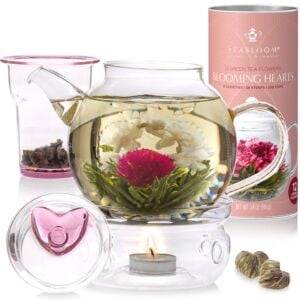

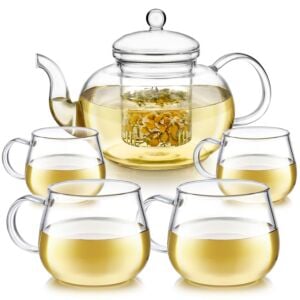



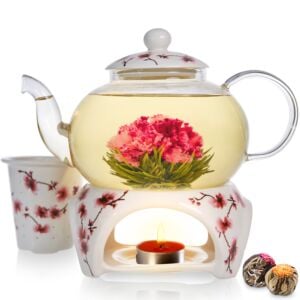
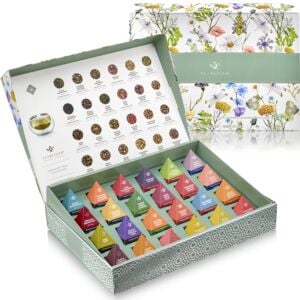
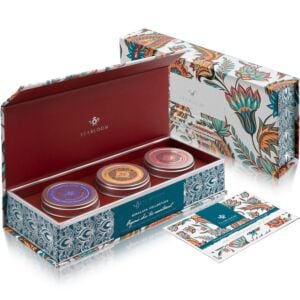
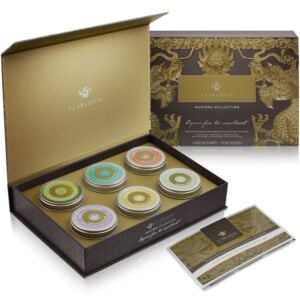


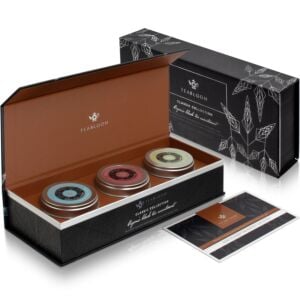



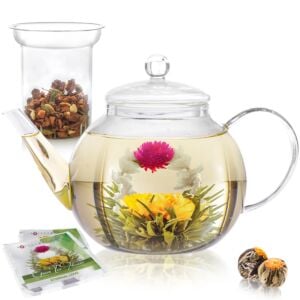
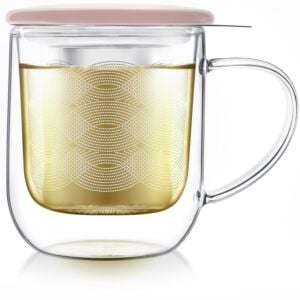


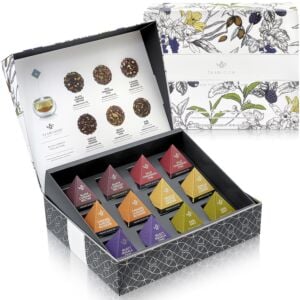


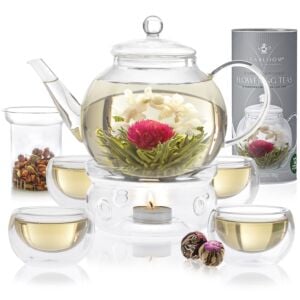
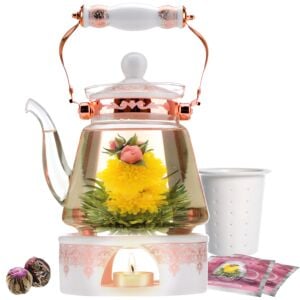
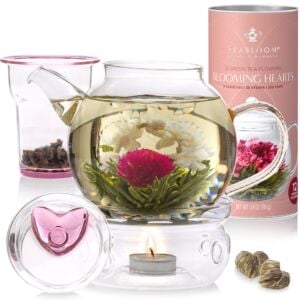


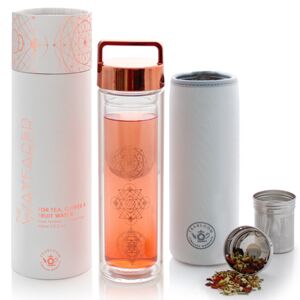

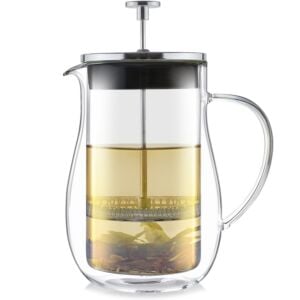


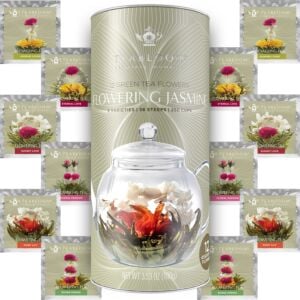


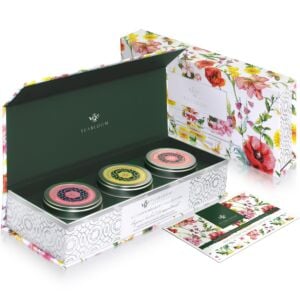



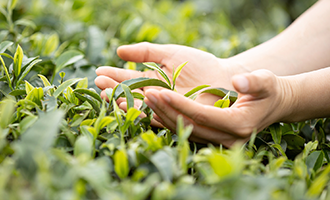
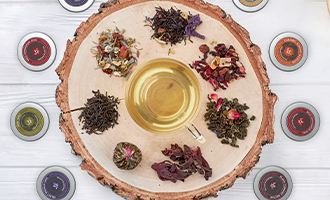
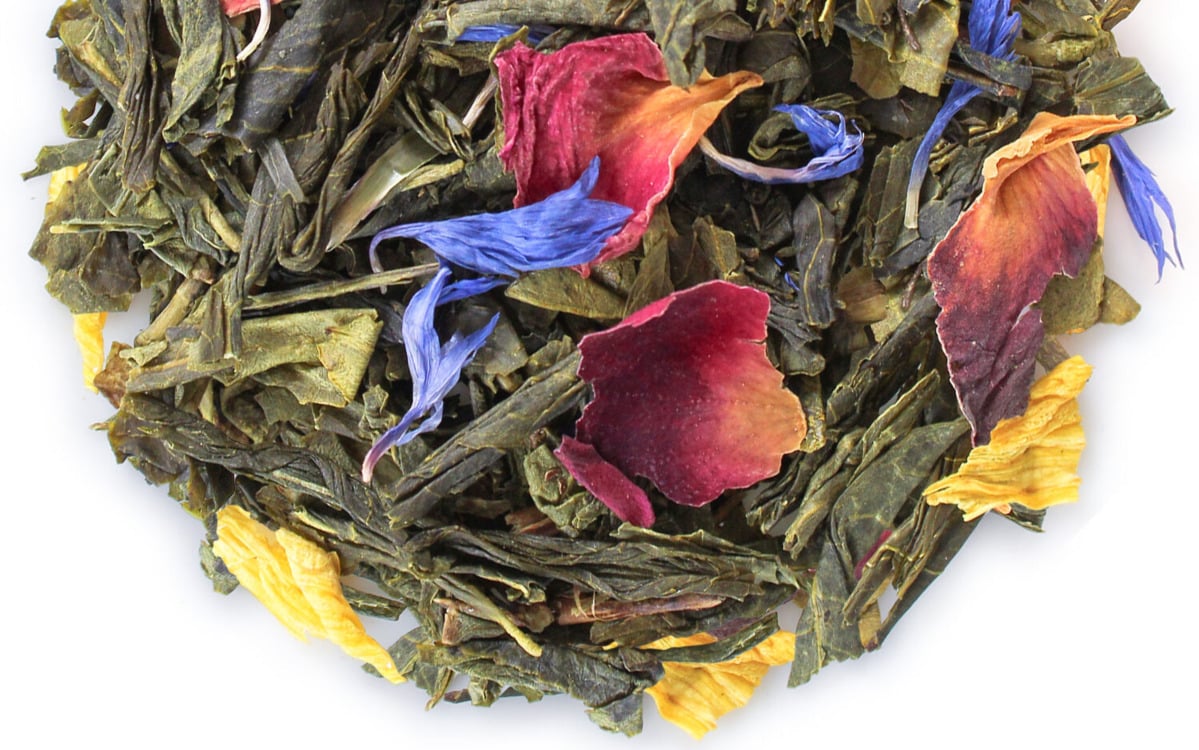


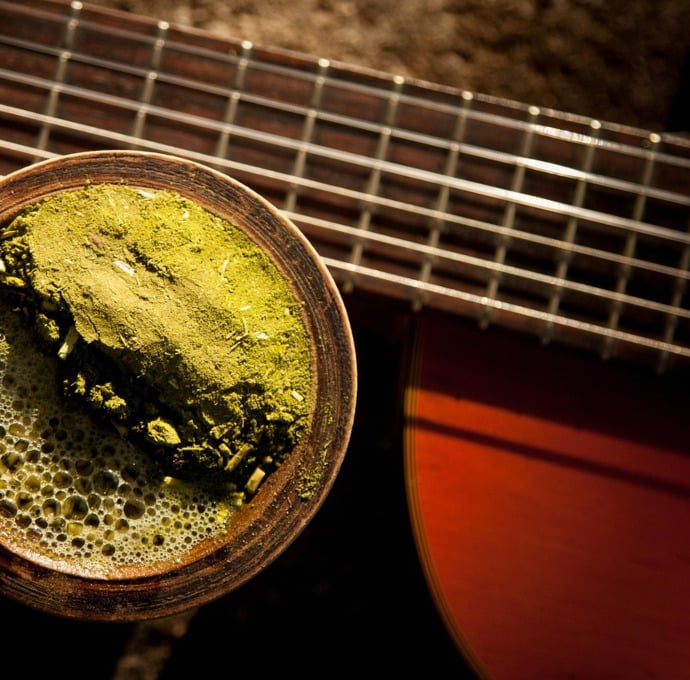
Share your thoughts